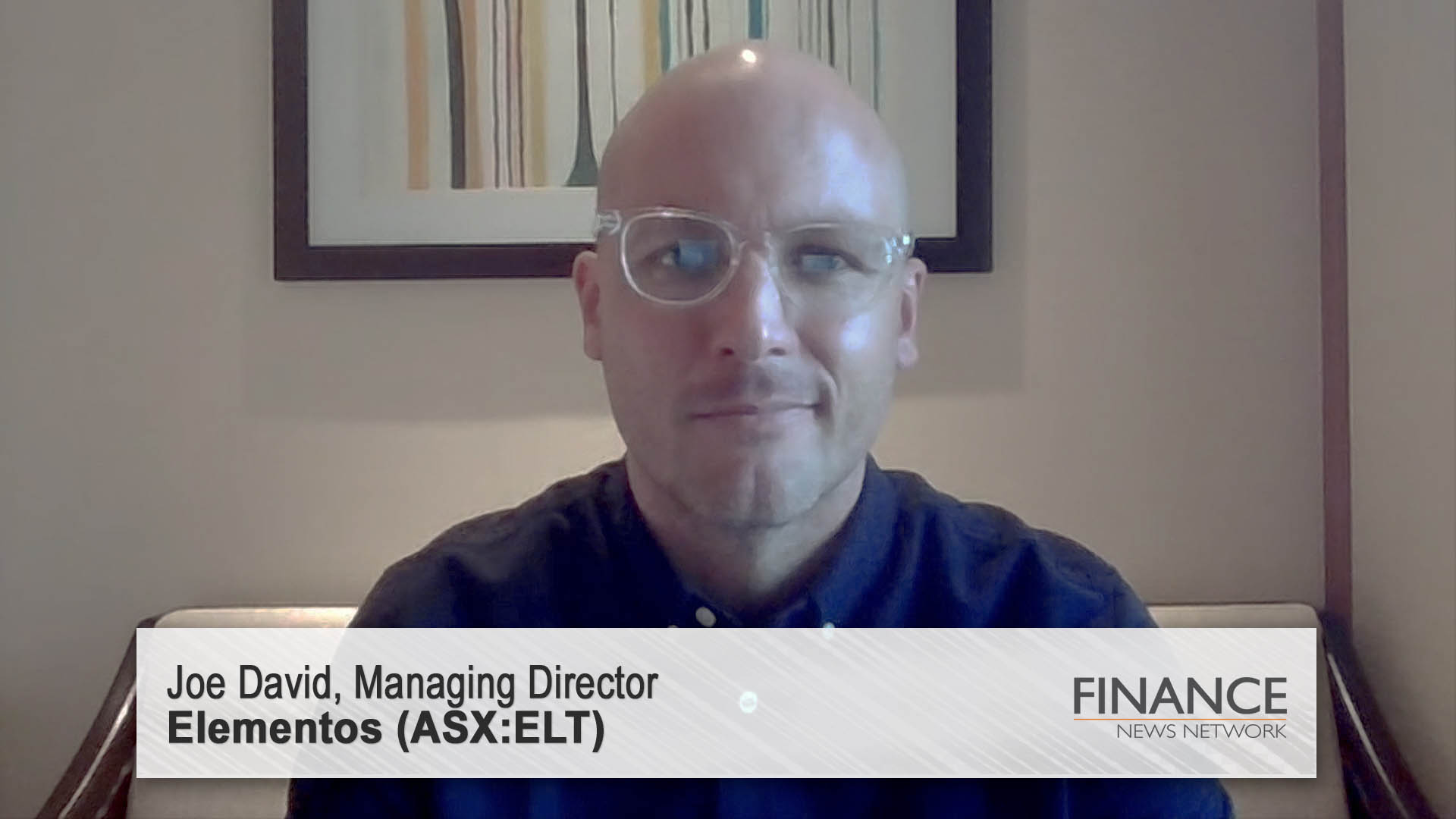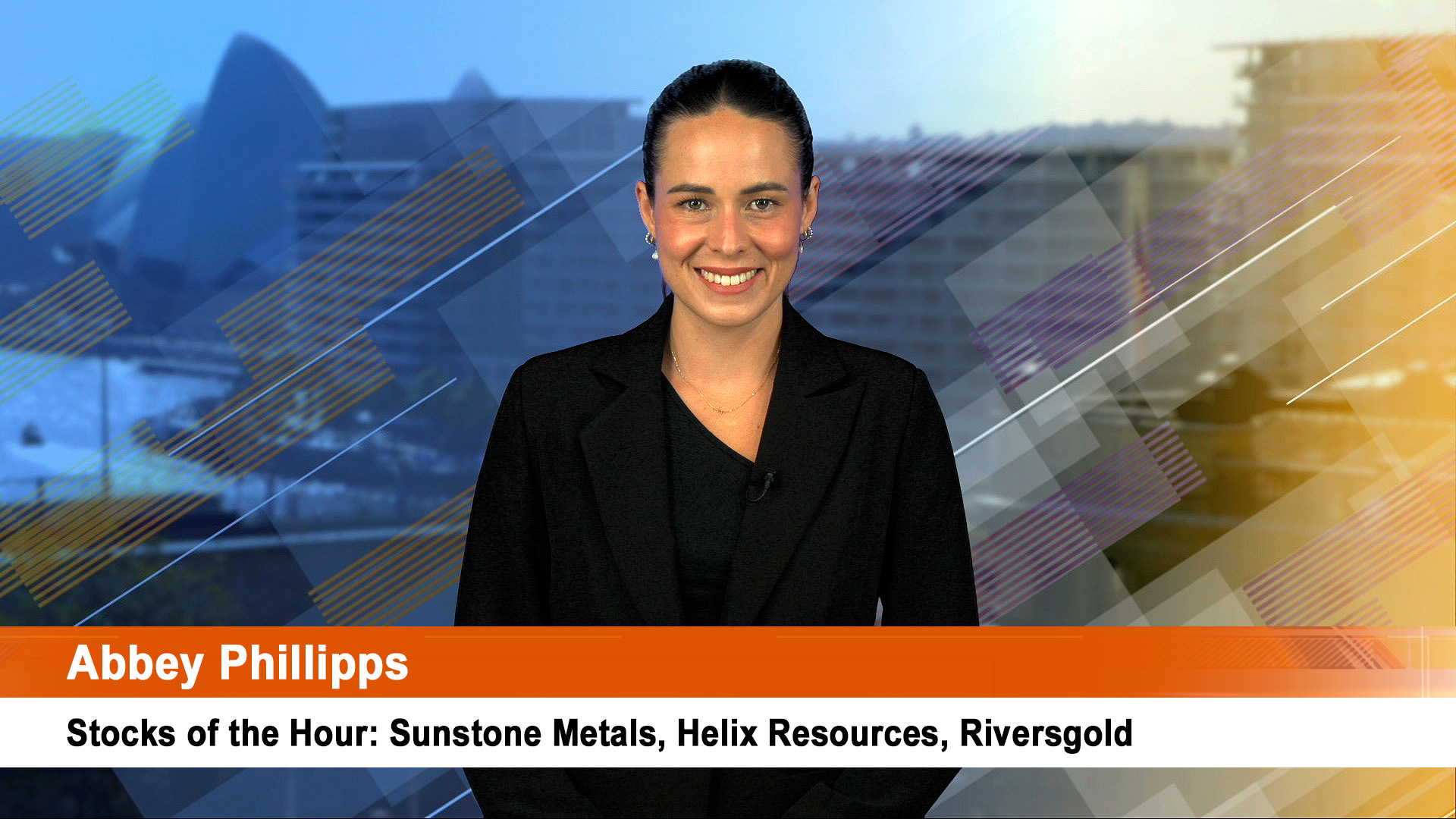
Suddenly, the policy dilemmas for our Reserve Bank don’t look all that hard after all, despite all the fretting and criticism of its current tight monetary policy.
It’s something the Federal Government should realise and cut back on the tough talk, and a situation the Federal Opposition should better appreciate.
Compared to other parts of the world we have a bit of a policy luxury.
The RBA is trying to slow a domestic capacity full to capacity and facing rising pressures from inflation: it seems to be working.
The Fed is trying to stop a floundering economy going lower, battling with plunging house prices, brittle financial markets, uneasy commodity markets, rising inflationary pressures and a weak dollar.
And if you look at Britain, where the Bank of England met overnight, it’s a devil or a deep blue sea situation: high inflation which is becoming embedded versus a sliding economy and a weak banking and financial system that’s fragile and looking for victims (Bradford and Bingley, which is to blame for all its problems).
The Bank Of England left its key rate unchanged on 5% and didn’t say a word or issue a statement: a sign analysts said was just how tough it is for the central bank as home prices fell for a fourth month in a row in May.
The European Central Bank met overnight as well and kept its key interest rate at 4%, despite sluggish activity including a still falling housing sector in Spain and Ireland, weak retail sales in Germany and France and inflation which hit 3.6% in May, from 3.3% in April.
The ECB surprised when its head Jean-Claude Trichet said the bank may raise rates next month.That sent the euro higher, the recovering US dollar down, oil $US 5a barrel higher and Wall Street rose as discount retailers posted good figures, but other retailers said sales in may were flat to lower.
New Zealand (see accompanying article) is in a similar situation, except its mostly Australian based banking system is sound and robust, while its export performance (mostly dairy products through the world’s biggest dairy exporter, Fonterra) is powering along.
But NZ is looking at three years of modest growth and depressed domestic demand.
So too is Australia, with the booming resources trade a stand out aberration amid the slowing domestic sectors: even if this wasn’t readily apparent from the March quarter National Accounts this week (See below).
But the US Federal Reserve has suddenly found itself between a rock and a very fragile set of financial markets, just as it attempts to switch policy. It’s a problem of its own making in many ways.
It begs the question; what comes first? inflation, financial stability in the markets or the dollar which is really all about inflationary pressures.
The dollar surged while oil and gold tumbled on Tuesday after Ben Bernanke surprised markets by making clear the Federal Reserve does not want the US currency to weaken any further because of the risks to inflation.
And a day later, Fed chairman made it clear that inflation is now the central bank’s number one priority, along of course with a stronger US dollar.
He made a second speech as central banks around the world were coming to terms with what is a major break with tradition.
Central bankers do not normally comment on the value of currencies because that is left to the politicians in the finance ministries. So for Mr Bernanke to comment so directly on the value of the dollar on Tuesday, and to support a strong currency, was seen as a major surprise and one that has apparently surprised central banks in other major economies.

In doing this he supported similar comments made by US Treasury Secretary, Hank Paulson in the Middle East on Monday.
Central banks like the Reserve Bank of Australia are now faced with the prospect that the US now has a very publicly stated policy of wanting to see the US currency rise against other currencies, like the Aussie dollar.
In the short term that won’t be too much trouble if the change happens, and happens slowly: but if there is a rapid rise in the value of the greenback, it could very well start allowing inflationary pressures to build in economies such as Australia, New Zealand, Canada and Europe.
The comments by the head of the ECB show the dangers of the new US approach: the euro is a harder currency and more preferred by the dollar: that makes it tougher and the more the euro rises, the more likely it will be that the Fed is forced to lift rates.
In NZ it’s a different approach, thanks to the commitment by the country’s central banker to cut the key official interest rate later this year.
The strong value of the Aussie has helped dampen inflation over the past 15 months, especially the cost of oil imports.
Our high interest rates and the buoyant outlook for resource exports over the next year will probably help maintain the dollar at current levels.
To make sure the rest of the world understood that the major switch on the dollar is targeted at US inflation, Mr Bernanke made another major speech on fighting inflation to a graduating class at Harvard where he graduated 23 years ago.
The Fed chairman’s comments over the two days go beyond ‘jawboning the market’. It’s more like using a blunt stick to get the US financial markets in particular to understand no more easy money, even if rates are 2% for official money. It’s now all about inflation and price stability.
It is a major policy switch and means the Fed meeting o













